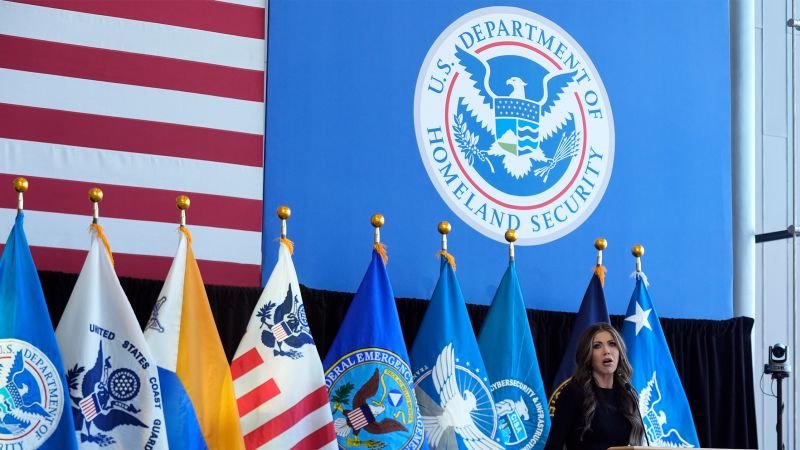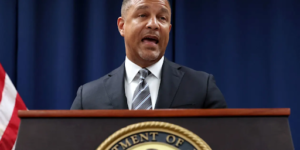The Department of Homeland Security (DHS) is facing increasing scrutiny following significant cuts to its internal oversight infrastructure—just as deportation efforts are ramping up nationwide. The decision to dissolve multiple watchdog offices has drawn sharp criticism from civil rights groups, lawmakers, and former agency officials, who warn that the absence of meaningful internal accountability mechanisms could lead to unchecked abuses and growing human rights violations.
Oversight Offices Shut Down by DHS Leadership
In a move that shocked many within the department and beyond, Homeland Security Secretary Kristi Noem shuttered three key oversight offices just three months ago. These internal units were originally designed to ensure compliance with civil rights laws, investigate misconduct, and improve transparency within DHS agencies like U.S. Immigration and Customs Enforcement (ICE) and Customs and Border Protection (CBP).
The closures were accompanied by a dramatic reduction in oversight personnel—from several hundred professionals down to a mere dozen. According to sources familiar with the restructuring, most of the remaining staff were either reassigned or dismissed, effectively eliminating critical channels for internal reporting and whistleblower protection.
Whistleblowers and Advocates Raise Red Flags
The reaction from human rights organizations and former DHS insiders has been swift and severe. Many argue that the shutdown of these internal watchdogs undermines public trust in the department and exposes detainees to further risks.
“These offices weren’t perfect, but they provided a lifeline for detainees, whistleblowers, and even staff who wanted to flag systemic problems,” said one former oversight officer who requested anonymity. “Without them, there’s a vacuum of accountability.”
Advocacy groups such as the American Civil Liberties Union (ACLU) and Human Rights First have called on Congress to investigate the move, especially in light of rising reports of mistreatment in immigration detention centers.
Detainee Deaths Raise Questions About Conditions and Oversight
The urgency of the concerns has been amplified by a disturbing trend: at least 11 detainees have died in ICE custody since the start of the 2025 fiscal year. That number nearly matches the 12 deaths reported for the entirety of fiscal year 2024—despite several months still remaining.
The deaths, according to ICE press releases and internal data, range from medical neglect and mental health crises to unexplained incidents still under investigation. Each case raises critical questions about the care provided to individuals held in federal immigration facilities, many of which are operated by private prison contractors with limited external oversight.
Medical professionals and human rights observers have long warned that ICE detention centers lack adequate health care infrastructure. The elimination of the internal watchdog offices, they argue, removes yet another safeguard that could have helped prevent these tragedies.
A Broader Immigration Crackdown Underway
The oversight cuts come amid a broader enforcement crackdown being led by the Trump administration, which has prioritized aggressive deportations and expanded detention capacity since regaining office. Secretary Noem has echoed the administration’s stance, stating that restoring “law and order” at the border is a top national priority.
The administration has increased funding for border enforcement, expanded collaboration with local law enforcement agencies, and reinstated policies aimed at fast-tracking deportations—even in cases where individuals have long-standing ties to the U.S.
As deportations increase, so too does the number of people held in detention—many of them asylum seekers or migrants with no criminal history. The growing population behind bars makes robust oversight not just important but essential, say critics.

















